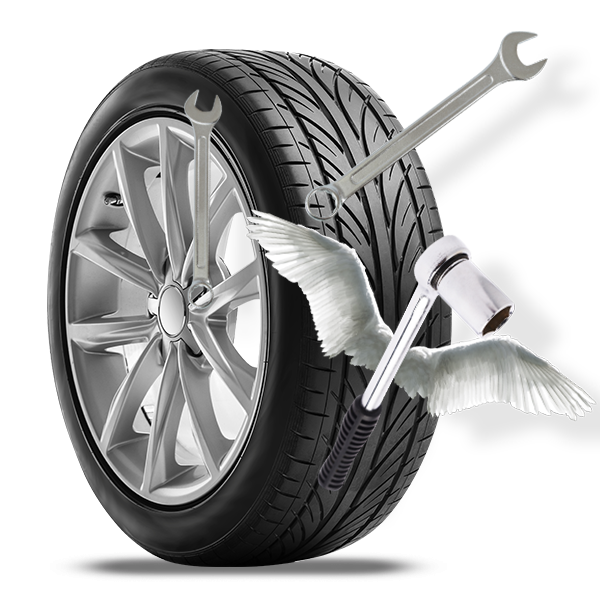New & Used Motorhomes Over 3,500kg for Sale
For those looking for optimal storage and living space with the added luxury of additional features and appliances, motorhomes over 3,500kg are the perfect choice for you. For motorhomes over 3,500kg, you will need an additional driving qualification such as a category C1 licence, so it is important to consider this when searching for you ideal leisure vehicle.
Why Choose a Motorhome Over 3,500kg?
-
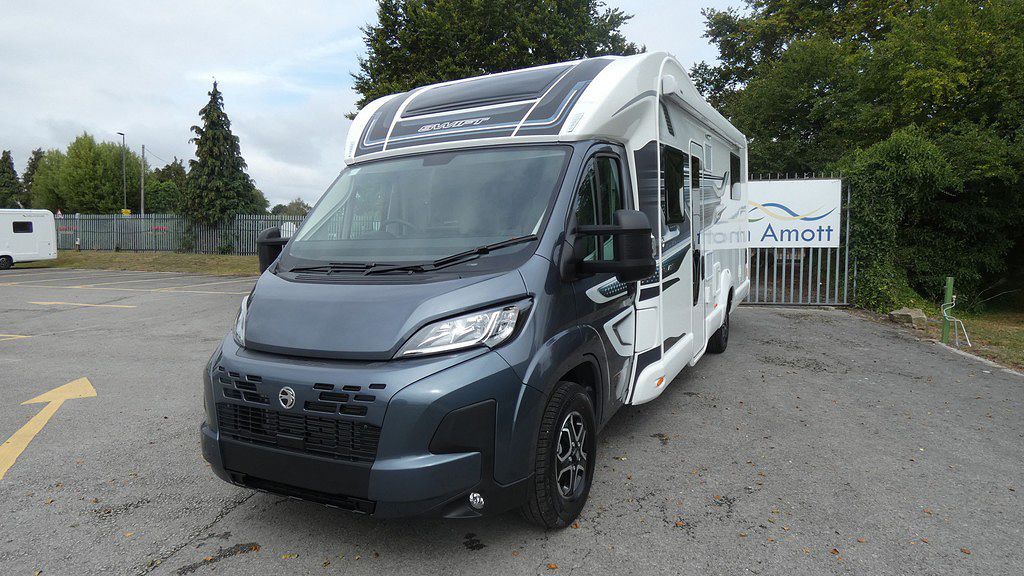
- In Stock Now
- New
- 2026
- 4 Berth
- Coachbuilt
- Fixed Island Bed
- Automatic
Don Amott, Derbyshire£91,290£944 per month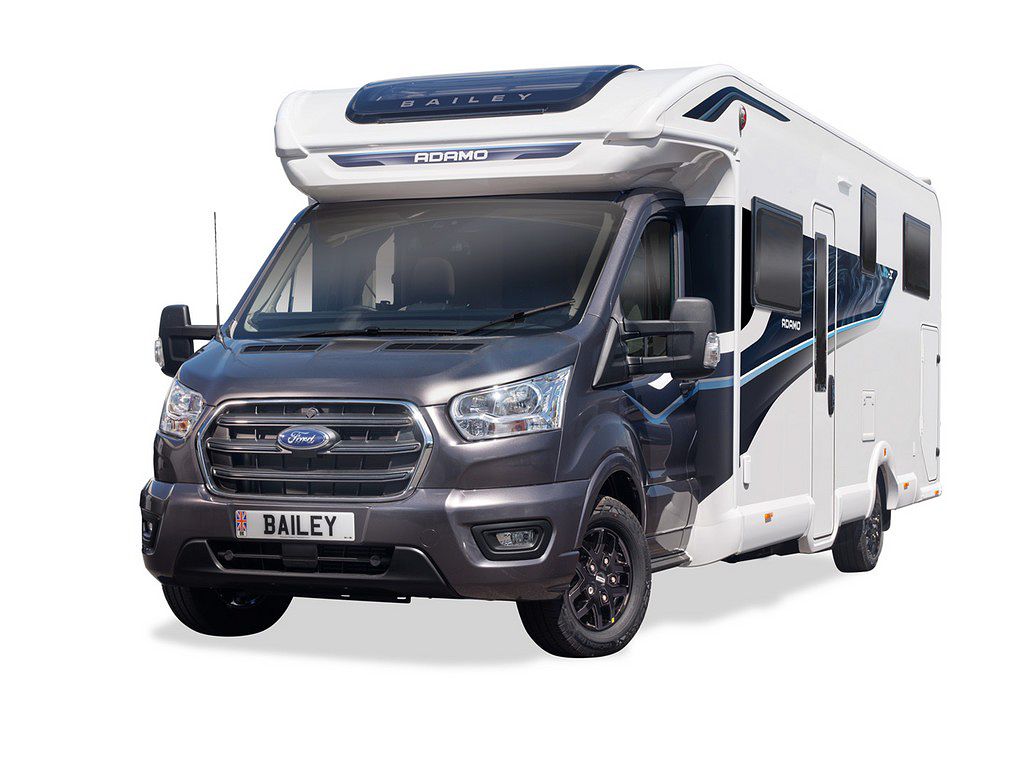
- Available To Order
- New
- 2026
- 4 Berth
- Coachbuilt
- Fixed Island Bed
- Automatic
Don Amott, Derbyshire£83,999£868 per month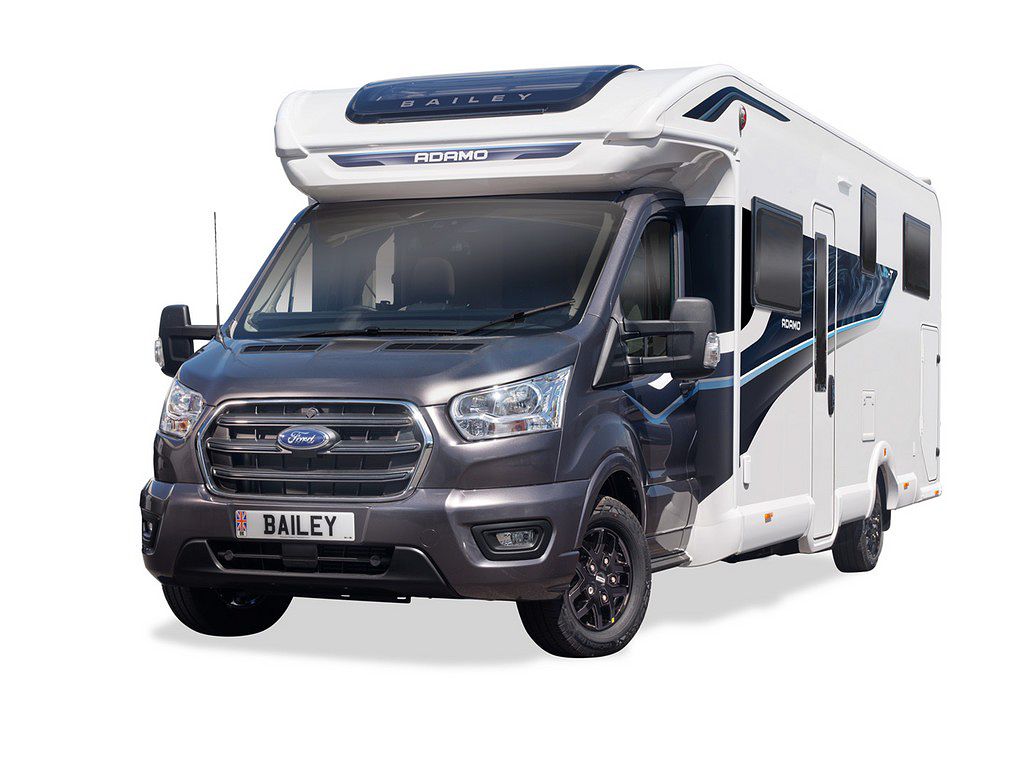
- Available To Order
- New
- 2026
- 4 Berth
- Coachbuilt
- End Bedroom
- Fixed Single Beds
- Automatic
Don Amott, Derbyshire£83,999£868 per month
- Available To Order
- New
- 2026
- 5 Berth
- Coachbuilt
- End Lounge
- Drop-down Bed
- Automatic
Don Amott, Derbyshire£84,999£879 per month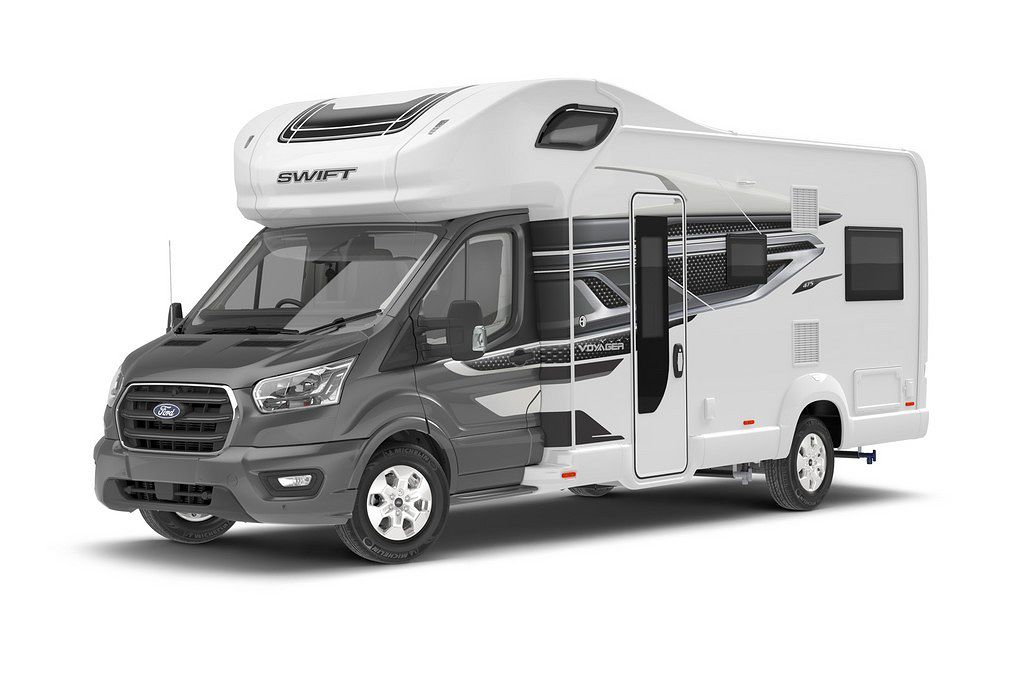
- Available To Order
- New
- 2026
- 5 Berth
- Coachbuilt
- End Lounge
- Manual
Don Amott, Derbyshire£73,690£762 per month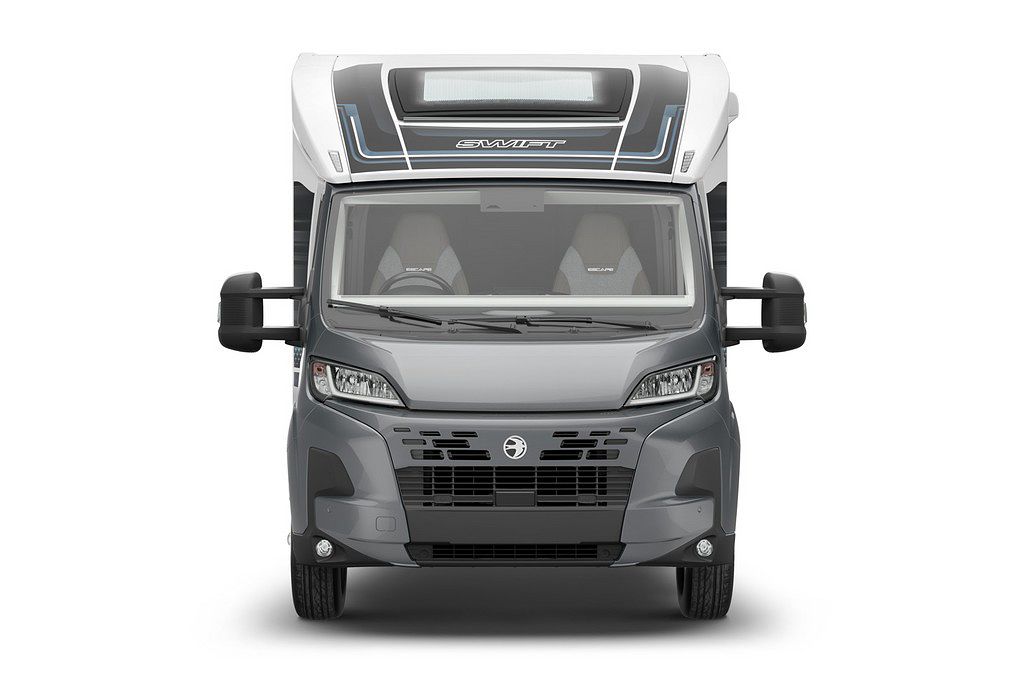
- Available To Order
- New
- 2026
- 4 Berth
- Coachbuilt
- End Bedroom
- Fixed Single Beds
- Automatic
Don Amott, Derbyshire£90,490£935 per month
- Available To Order
- New
- 2026
- 5 Berth
- Coachbuilt
- End Bedroom
- Fixed Single Beds
- Manual
Don Amott, Derbyshire£73,190£756 per month
- Available To Order
- New
- 2026
- 4 Berth
- Coachbuilt
- End Washroom
- Automatic
Don Amott, Derbyshire£88,890£919 per month
- Available To Order
- New
- 2026
- 6 Berth
- Coachbuilt
- End Lounge
- Automatic
Don Amott, Derbyshire£93,790£969 per month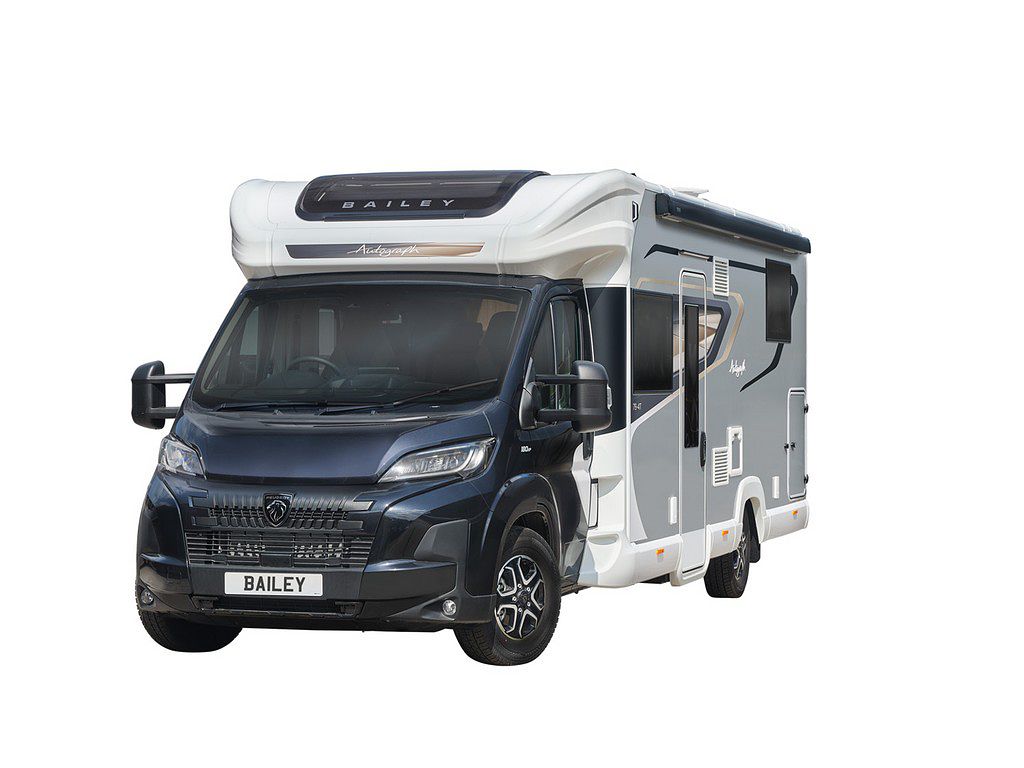
- Available To Order
- New
- 2026
- 4 Berth
- Coachbuilt
- End Bedroom
- Fixed Single Beds
- Automatic
Don Amott, Derbyshire£92,749£959 per month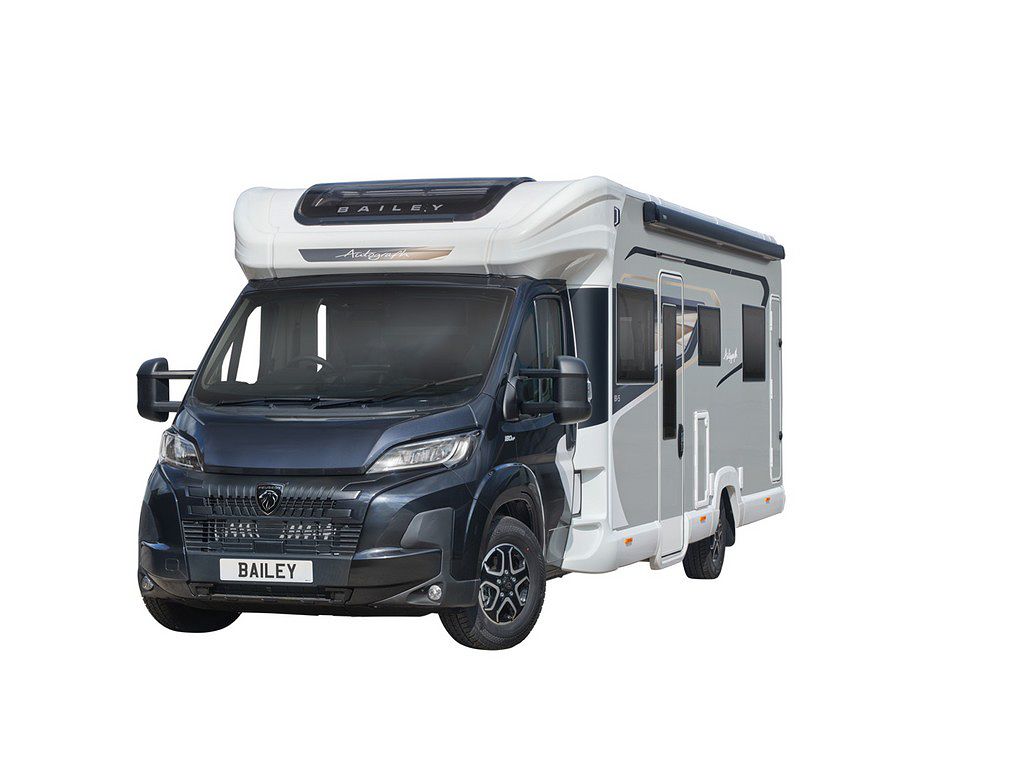
- Available To Order
- New
- 2026
- 6 Berth
- Coachbuilt
- End Lounge
- Drop-down Bed
- Automatic
Don Amott, Derbyshire£93,999£972 per month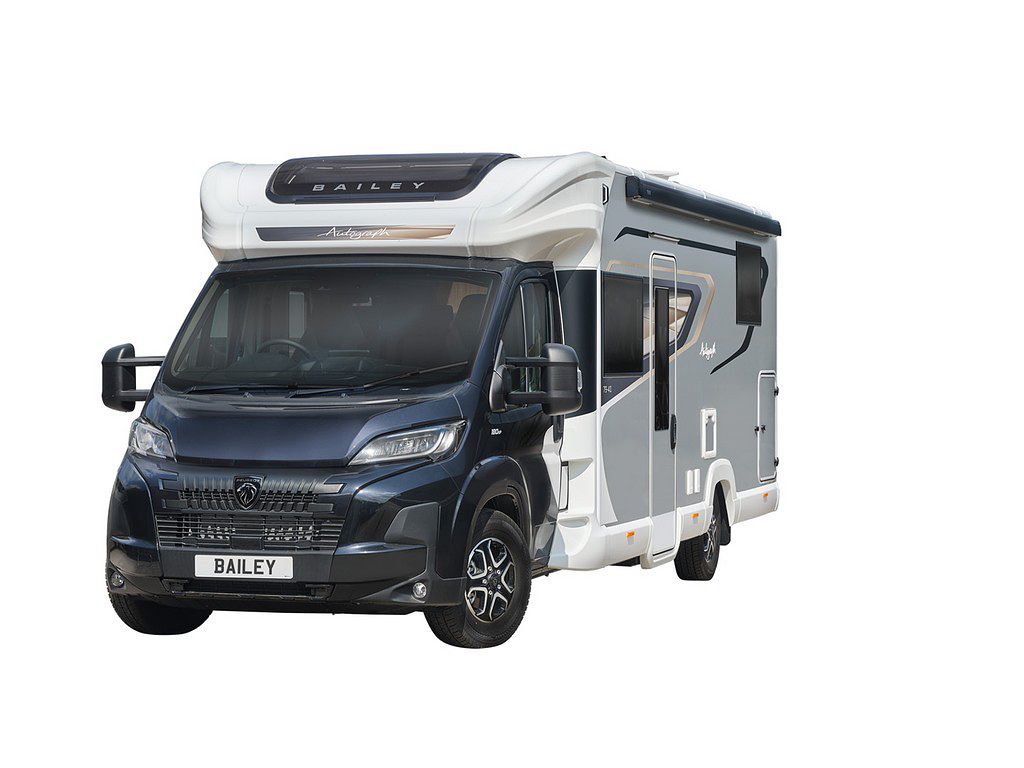
- Available To Order
- New
- 2026
- 4 Berth
- Coachbuilt
- Fixed Island Bed
- Automatic
Don Amott, Derbyshire£92,749£959 per month
- Available To Order
- New
- 2026
- 6 Berth
- Coachbuilt
- End Lounge
- Manual
Don Amott, Derbyshire£67,689£700 per month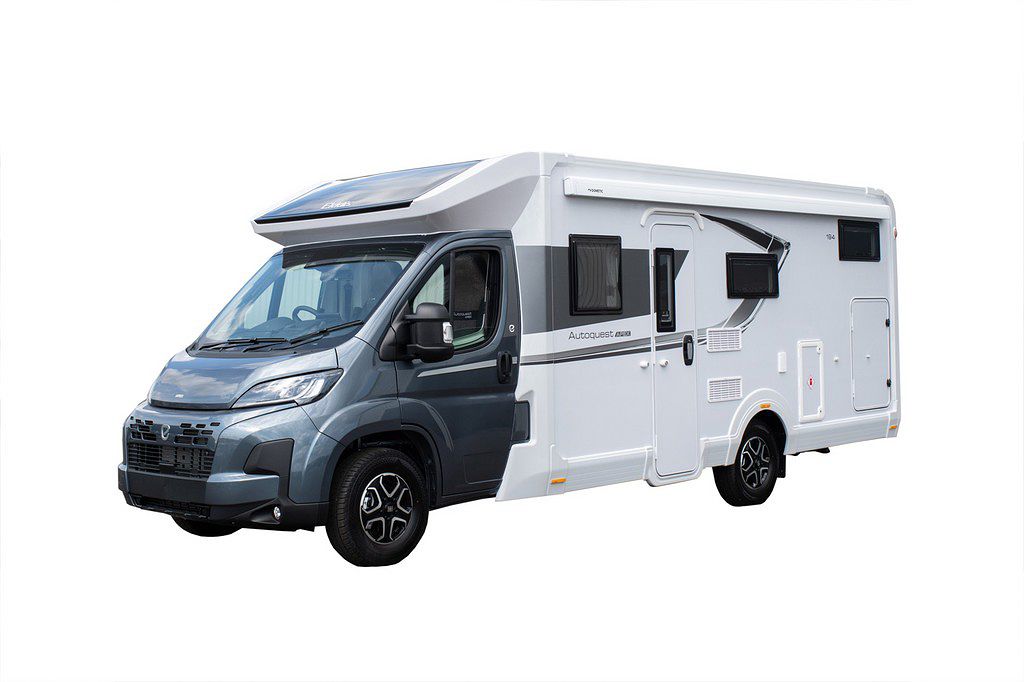
- Available To Order
- New
- 2026
- 6 Berth
- Coachbuilt
- End Lounge
- Automatic
Don Amott, Derbyshire£80,195£829 per month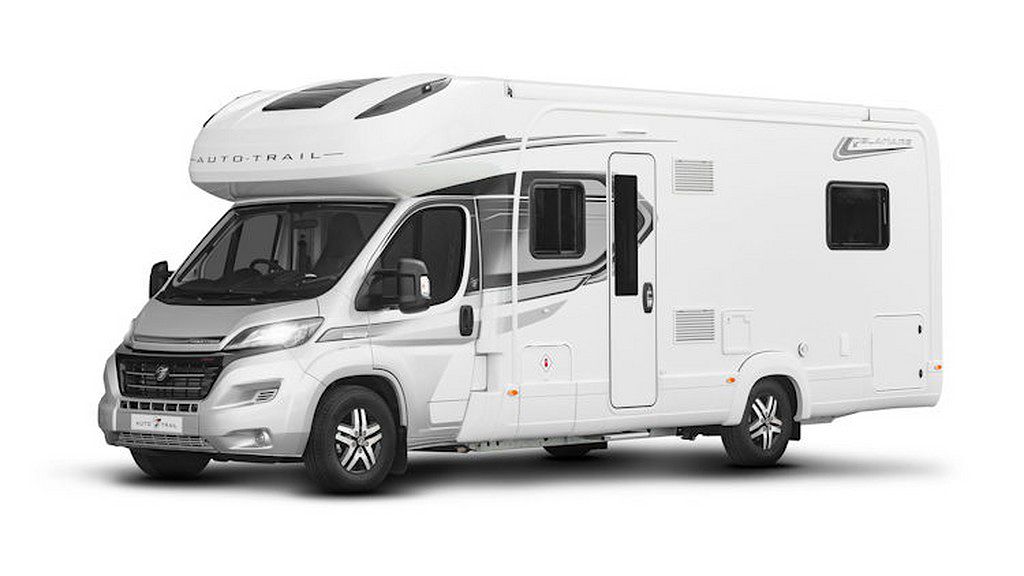
- Available To Order
- New
- 2026
- 4 Berth
- Coachbuilt
- Fixed Island Bed
- Automatic
Don Amott, Derbyshire£112,031£1,158 per month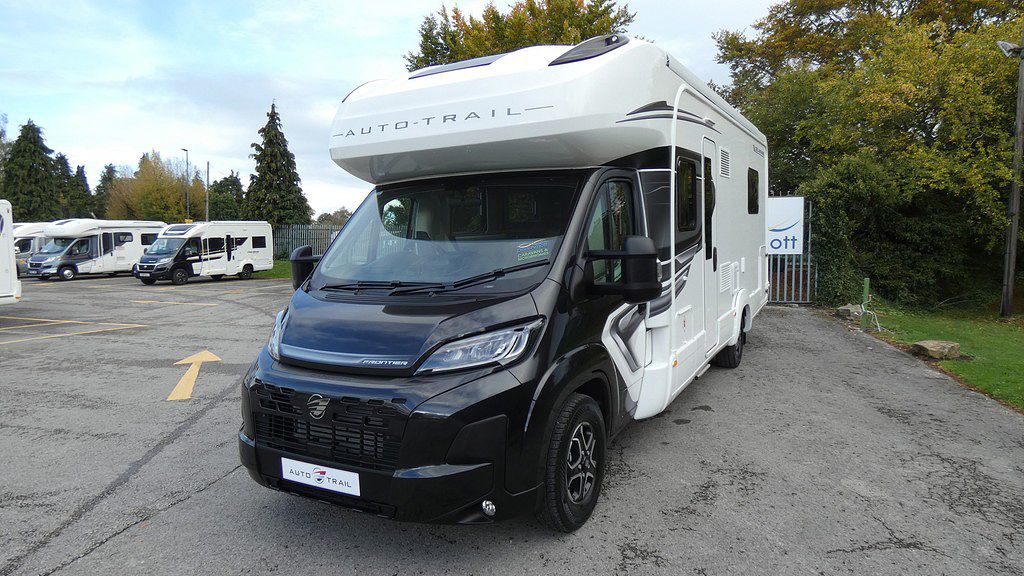
- In Stock Now
- New
- 2026
- 4 Berth
- Coachbuilt
- Fixed Island Bed
- Automatic
Don Amott, Derbyshire£112,031£1,158 per month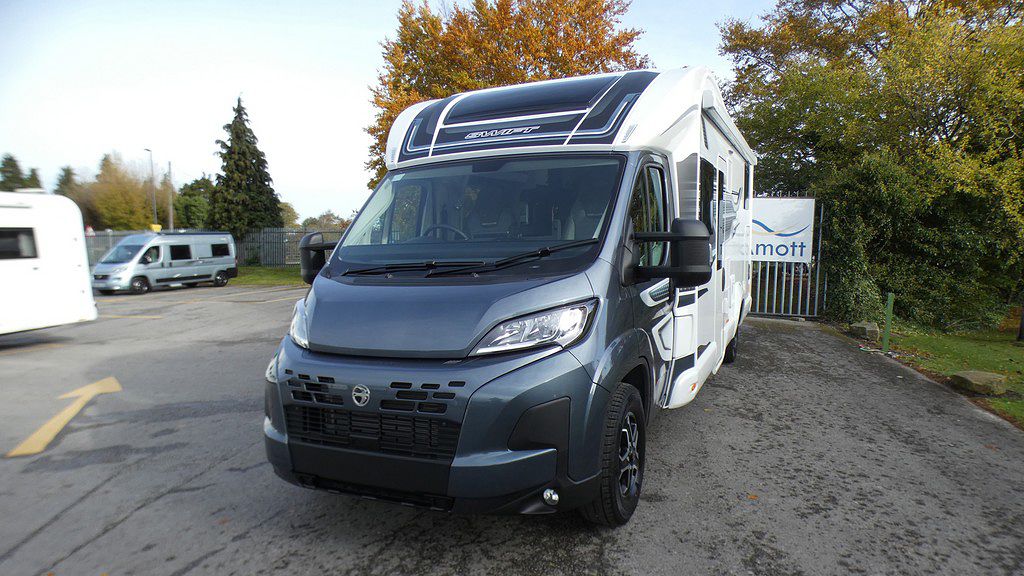
- In Stock Now
- New
- 2026
- 4 Berth
- Coachbuilt
- End Bedroom
- Fixed Single Beds
- Manual
Don Amott, Derbyshire£90,490£935 per month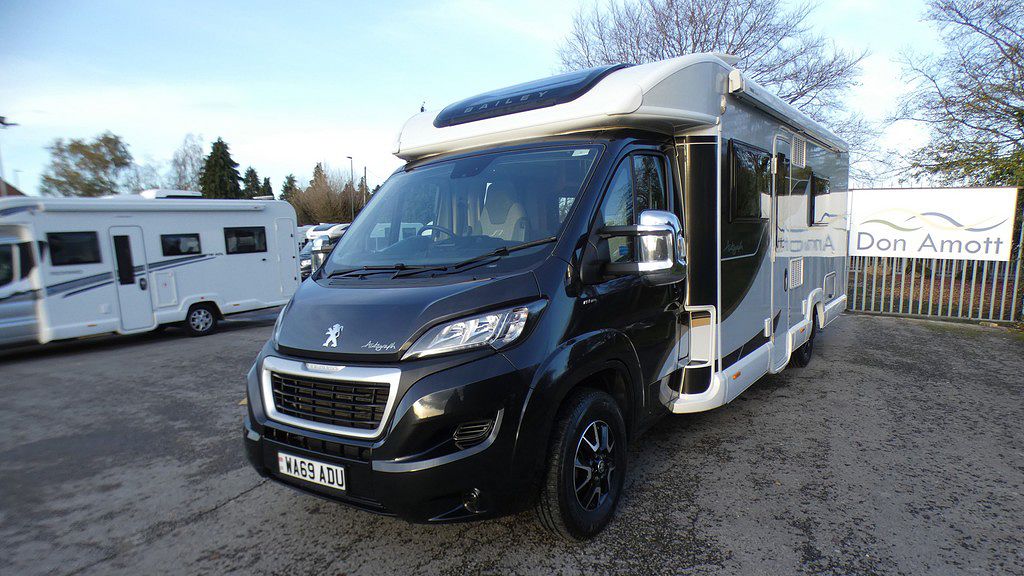
- In Stock Now
- Used
- 2019
- 4 Berth
- Coachbuilt
- 8,428 Miles
- End Bedroom
- Fixed Double Bed
- Manual
Don Amott, Derbyshire£54,995£568 per month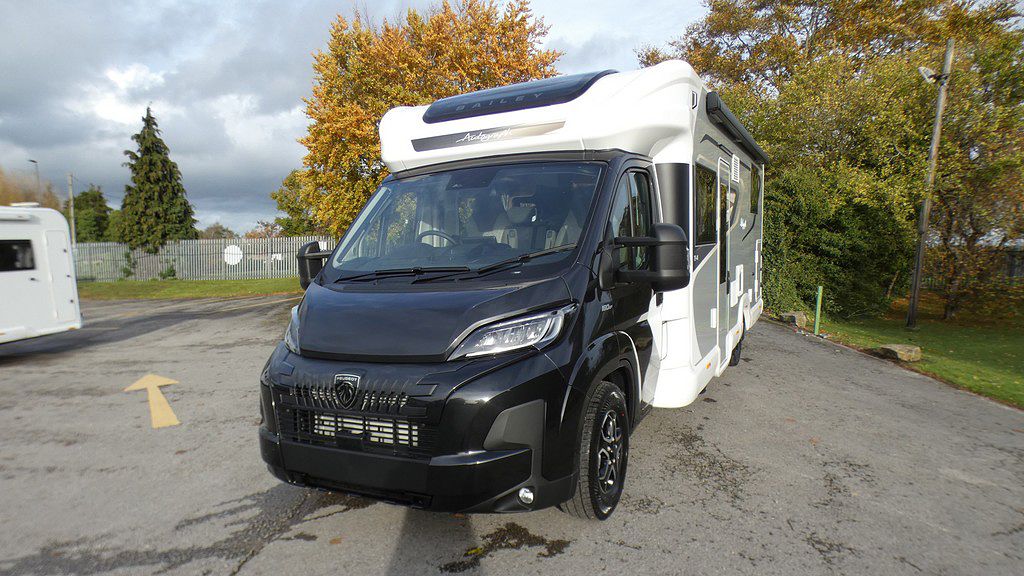
- In Stock Now
- New
- 2026
- 4 Berth
- Coachbuilt
- Fixed Island Bed
- Automatic
Don Amott, Derbyshire£92,749£959 per month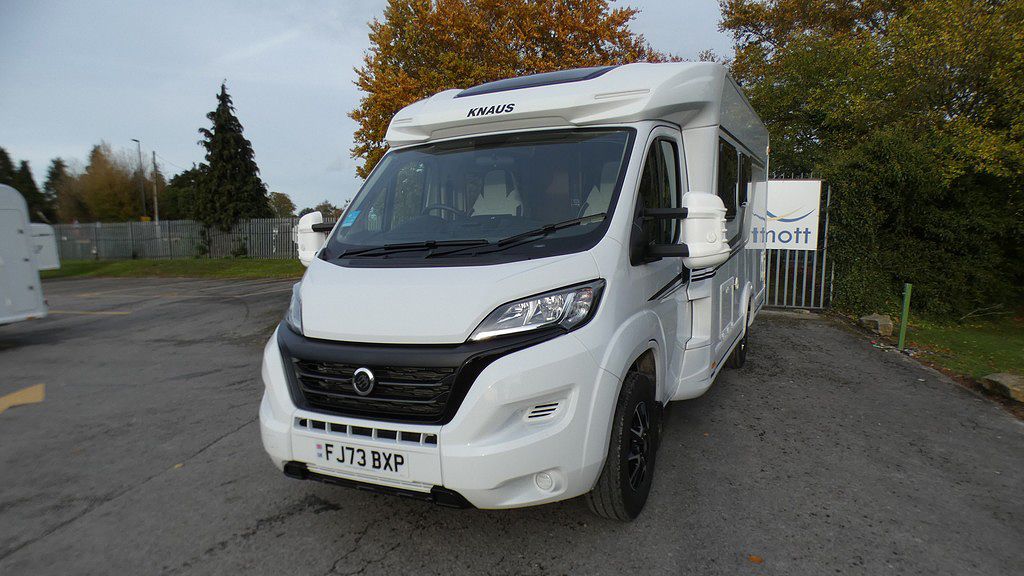
- In Stock Now
- Used
- 2023
- 4 Berth
- Coachbuilt
- 5,517 Miles
- End Bedroom
- Fixed Double Bed
- Manual
Don Amott, Derbyshire£69,995£723 per month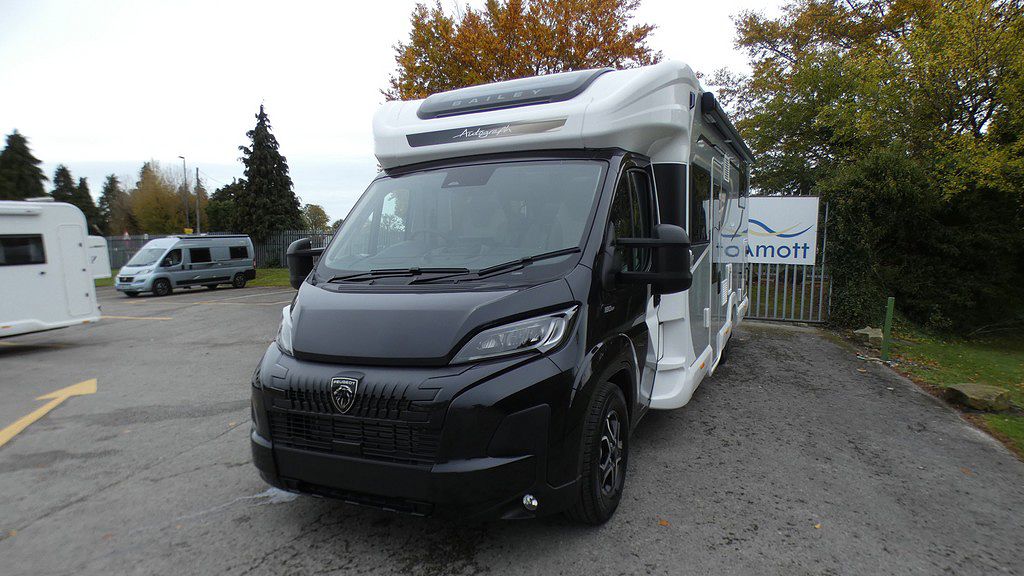
- In Stock Now
- New
- 2026
- 4 Berth
- Coachbuilt
- End Bedroom
- Fixed Single Beds
- Automatic
Don Amott, Derbyshire£92,749£959 per month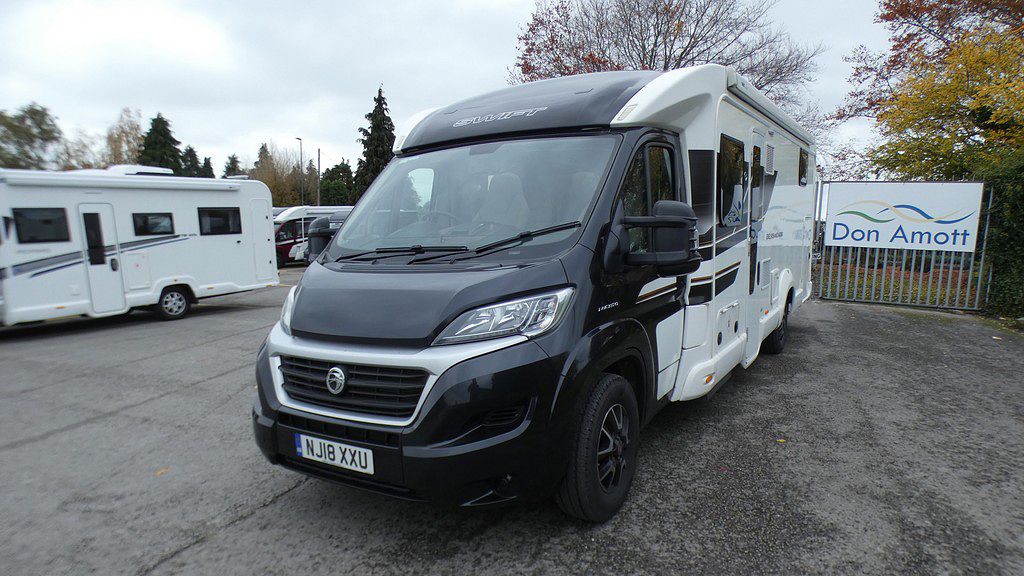
- Awaiting Preparation
- Used
- 2018
- 4 Berth
- Coachbuilt
- 25,873 Miles
- End Bedroom
- Fixed Single Beds
- Manual
Don Amott, Derbyshire£51,995£537 per month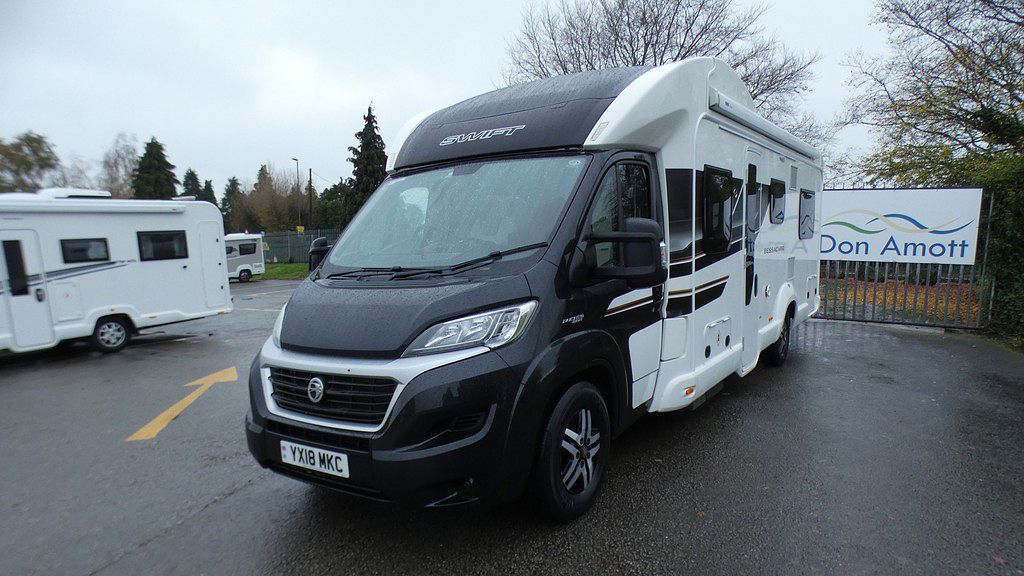
- In Stock Now
- Used
- 2018
- 6 Berth
- Coachbuilt
- 16,280 Miles
- End Lounge
- Automatic
Don Amott, Derbyshire£53,995£558 per month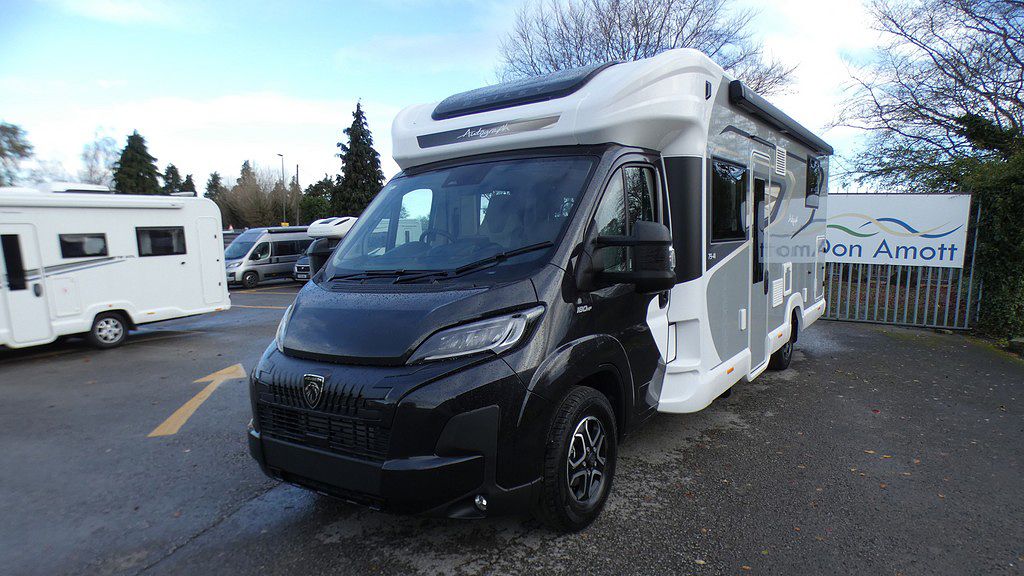
- In Stock Now
- New
- 2026
- Coachbuilt
- Fixed Island Bed
- Automatic
Don Amott, Derbyshire£92,749£959 per month
- In Stock Now
- New
- 2026
- 4 Berth
- Coachbuilt
- Fixed Island Bed
- Automatic
Don Amott, Derbyshire£91,290£944 per monthAbout motorhomes over 3500kg
Motorhomes over 3500kg are the heavyweights of the leisure vehicle world, delivering a level of space and luxury that can rival the comforts of home. Due to their larger size, they frequently come with more spacious interiors, allowing for full-sized appliances, residential-style furnishings, and extra amenities such as washers and dryers, large lounging areas, and sometimes even a garage for a small car or motorcycles.
Requirements for driving a motorhome over 3500kg
Their substantial weight requires drivers to hold the appropriate licence to operate them, which is an important consideration for potential owners. In addition to their luxurious living features, it also provides a sturdier ride and more storage capacity, making these motorhomes ideal for extended travels or full-time living on the road. The robust construction and additional features of motorhomes over 3500kg cater to those seeking a no-compromise approach to mobile living and adventure.
Benefits of Motorhomes Over 3,500kg
- More spacious interiors ideal for families or long-term use
- Support larger appliances and premium features
- Often include bigger beds, separate bedrooms and full bathrooms
- Increased payload allows for more onboard storage
- Stronger chassis for a smoother, more stable drive
- Great choice for full-time motorhome living
- Best suited for drivers with a C1 licence or pre-1997 licence entitlement
- Available from top brands like Auto-Trail, Swift, Bailey and Elddis
Did you know?
Motorhomes over 3,500kg often offer more than just extra space – they’re built with heavier-duty materials, better suspension systems and larger payloads, making them ideal for full-time touring or off-grid living.Frequently Asked Questions About Motorhomes Over 3500kg
In the UK, whether you can drive a motorhome over 3,500kg depends on the type of driving licence you hold and when it was issued:
1. Licences Issued Before 1 January 1997: If you obtained your driving licence before this date, you automatically received C1 entitlement, which allows you to drive vehicles up to 7.5 tonnes (7,500kg). This means you can legally drive motorhomes over 3,500kg without needing an additional licence.
2. Licences Issued After 1 January 1997: If you passed your driving test after this date, your standard Category B driving licence limits you to vehicles up to 3,500kg Maximum Authorised Mass (MAM). To drive a motorhome that exceeds this weight, you will need to take an additional driving test to gain C1 entitlement on your licence.
3. Understanding Vehicle Weight: The weight (MAM) includes the weight of the vehicle plus the maximum load it can carry, including passengers, fuel, water, and personal belongings. It’s crucial to be aware of the weight of the motorhome to ensure compliance with licensing regulations.
4. Special Considerations: Driving larger motorhomes (over 3,500kg) often requires more skill and experience due to their size and handling characteristics. Some drivers opt for additional training courses to gain confidence and competence in driving larger vehicles.
In summary, your ability to drive a motorhome over 3,500kg in the UK is determined by the specifics of your driving licence and potentially the need for additional testing and training for the C1 licence category. Always check your licence details and the motorhome’s weight to ensure legal compliance and safe driving.
In the UK, the speed limits for motorhomes over 3,500kg (3.5 tonnes) differ from those for smaller vehicles and are generally lower. For motorhomes over 3,500kg, the speed limits are as follows:
1. Single Carriageways: The speed limit is 50 miles per hour (mph) unless a lower limit is signposted.
2. Dual Carriageways: The speed limit is 60 mph unless a lower limit is signposted.
3. Motorways: The speed limit is 70 mph. However, if the motorhome is towing a trailer or another vehicle, the limit is reduced to 60 mph.
It’s important to note that these speed limits apply to motorhomes that are used for private purposes. Different speed limits may apply if the motorhome is registered as a commercial vehicle. Always adhere to local speed limit signs, as they may indicate variations from these general rules, especially in areas with specific safety considerations. Additionally, it’s always a good practice to drive at a speed that is safe for the road conditions, even if this means driving below the posted speed limit.
If you’re looking for a luxury touring experience or plan to spend extended time on the road, then yes — motorhomes over 3,500kg are well worth it. They offer more comfort, bigger tanks for water and fuel, and a better driving experience on long journeys. You’ll also get increased flexibility with layouts, garage space for bikes or scooters, and larger kitchens or bathrooms.
Heavier motorhomes can have slightly higher fuel consumption and insurance premiums compared to lighter models. However, many buyers find the trade-off worth it for the extra comfort, storage, and high-spec features — especially for long-distance touring or seasonal travel.
Recently viewed
